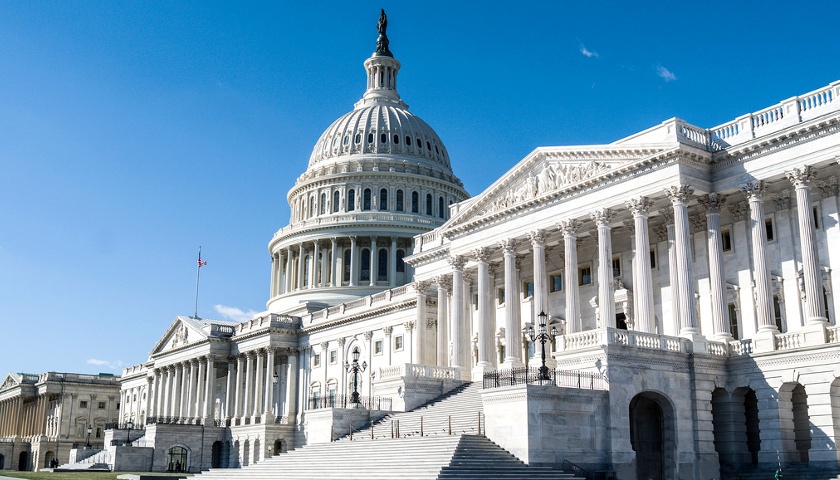By Robert Romano
2026.
That is when the Medicare Hospital Insurance trust fund will be depleted, according to the Board of Trustees for the Federal Hospital Insurance and Federal Supplementary Medical Insurance Trust Funds. That is down from 2029.
After that, the share of benefits paid for by revenues will drop until 2039, when payroll taxes will only be enough to pay 78 percent of benefits. Then, benefits would rise to 85 percent by 2092.
The most obvious culprit is the Medicare Access and CHIP Reauthorization Act of 2015, which overwhelmingly passed Congress and which former President Barack Obama signed into law. That was the bill that ended the sustainable growth rate that had been the centerpiece reform of the GOP Congress and President Bill Clinton in the late 1990s to balance the budget.
The sustainable growth rate was a 1997 reform intended to put the failing program on a sustainable footing before its trust fund was exhausted.
Before passage of the 2015 repeal, which sent costs spiraling out of control, the draining of the Medicare trust fund was said to have been in 2030. Then it dropped to 2029 and then to 2026.
To be fair, even if the bill had not passed, the trust funds still would have been drained because Congress would have alternately simply passed so-called “doc fix” bills that similarly undermined the sustainable growth rate by temporarily repealing it. Since 1997, there were 17 doc fixes that Congress enacted.
What every happened to fiscal responsibility?
Things are not much better on the Social Security trust fund side of the equation, which the trustees still project will run out in 2034. The disability trust fund will run out in 2032. After that only 75 percent of benefits will be paid.
But in all likelihood, Congress won’t let that happen either. There will be more doc fixes and other handouts to keep the benefits flowing, and even to increase them. Then, the issue will be whether to put the programs simply on the general fund, where the monies will be borrowed from treasuries investors.
Then, the national debt, now $21 trillion, will explode. For younger Americans, seeing it hit $100 trillion in their lifetimes is not out of the question.
To put the problem in perspective, right now, the federal government’s intergovernmental holdings, which house the trust funds, stand at $5.6 trillion. If all the trust funds are going to be gone in 2032, which is just 14 years away, that essentially means the burn rate will average about $400 billion a year, starting out less than that but then accelerating towards the end.
To put the benefits shortfall in perspective, in 2028, Social Security and Medicare will spend a combined $3 trillion. So, if by 2032, the amount is similar, and only 75 percent of benefits or so can be paid out from revenue, we should expect Congress to underwrite the other 25 percent.
That will amount to about $751 billion of extra borrowing that will be needed to pay out benefits, unless Congress opts to raise payroll taxes — now a combined 7.65 percent — by gargantuan rates.
One way or another, you’ll wind up paying for it. While millions of Americans might have been better off if they could have just saved their payroll taxes and invested for their own retirement, there it is. The lesson is that if you’re counting on the federal government to take care of you in retirement, Congress will certainly try, but it likely will not cover everything — so be prepared.
– – –
Robert Romano is the Vice President of Public Policy at Americans for Limited Government.






“That will amount to about $751 billion of extra borrowing that will be needed to pay out benefits, unless Congress opts to raise payroll taxes — now a combined 7.65 percent — by gargantuan rates.” The effective rate is actually 15.30% because the employer must match the tax placed on the worker. If one is self employed they are required to pay the entire 15.30% out of their own pocket. And what does our government but pay out a large portion of the funds for “benefits” not included in the original law. Sounds familiar doesn’t it.